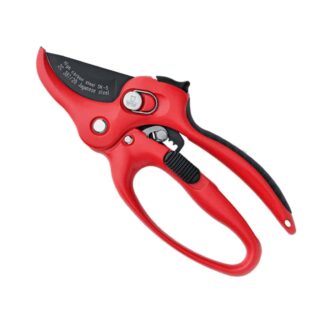
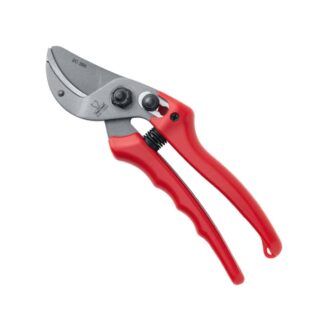
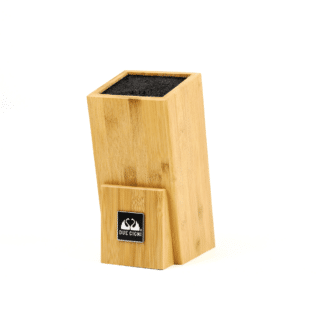
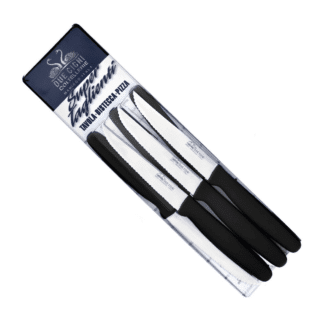
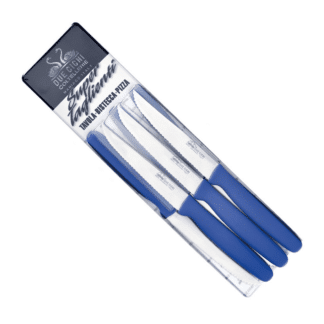
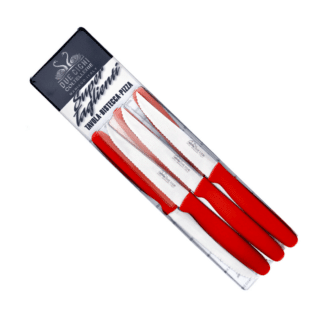
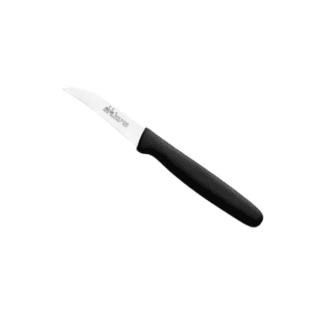
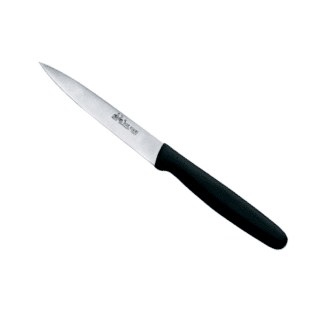
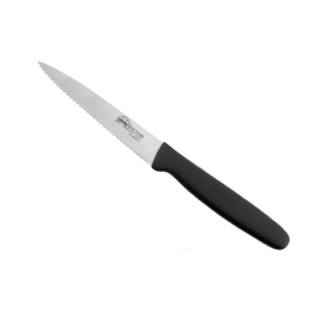
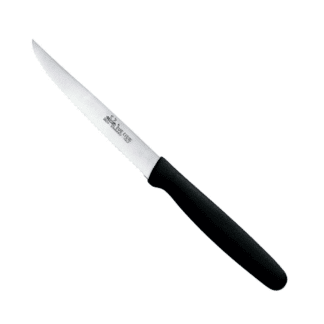
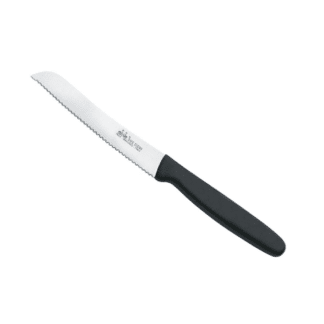
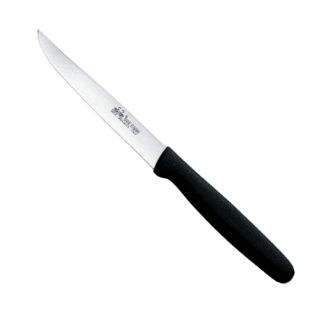
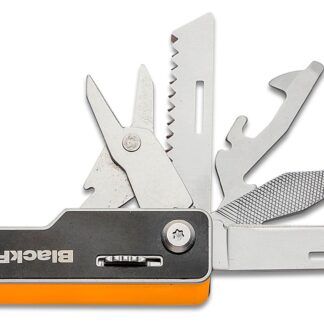

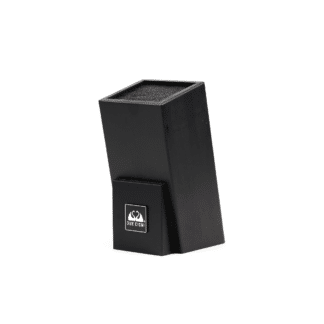
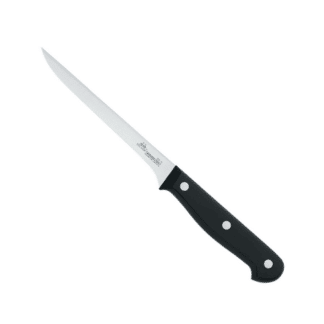
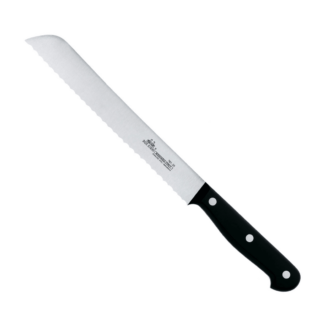
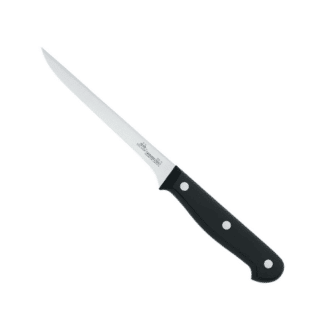
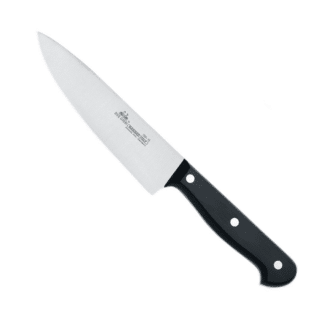
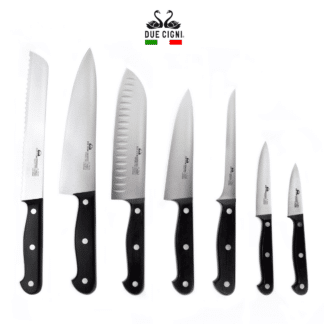
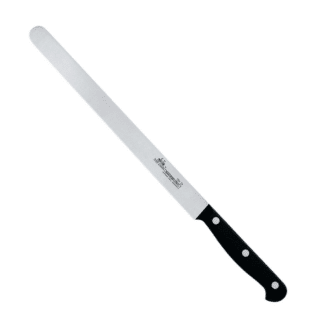
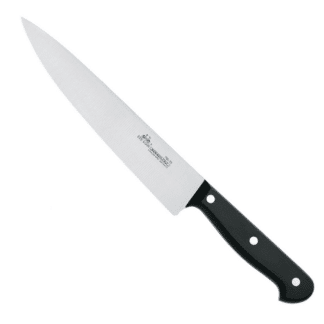
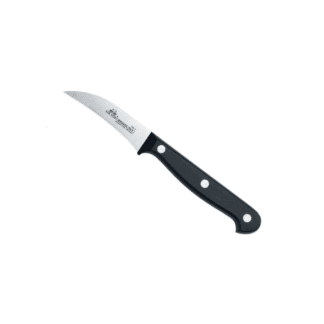
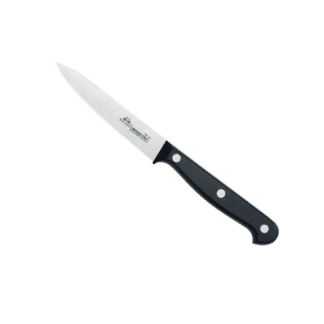
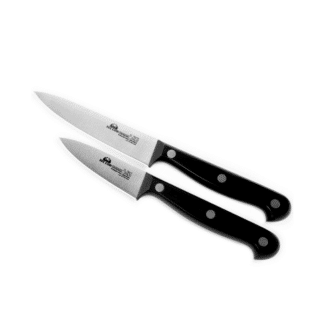
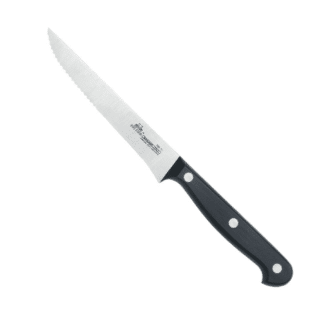
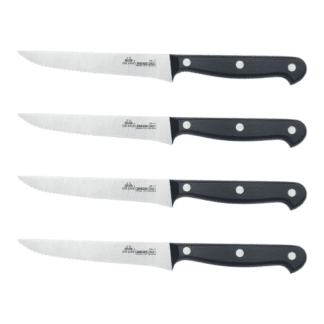
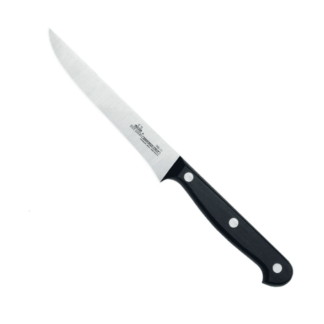
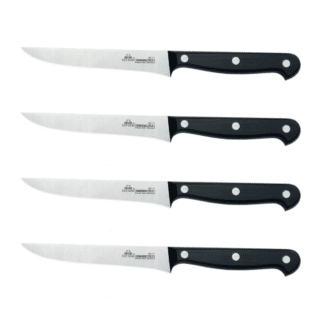
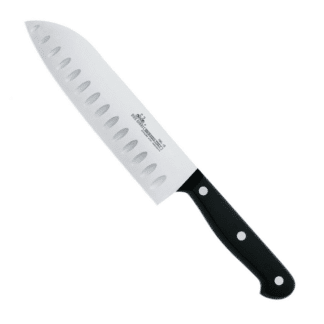
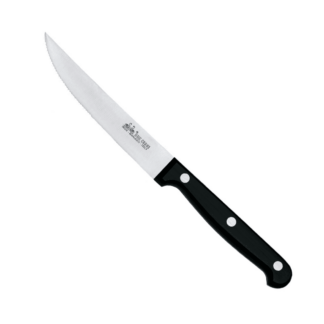
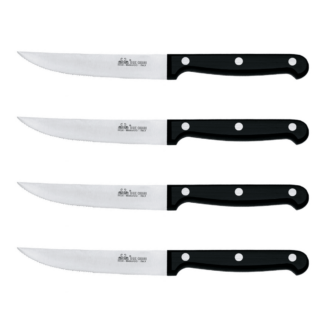
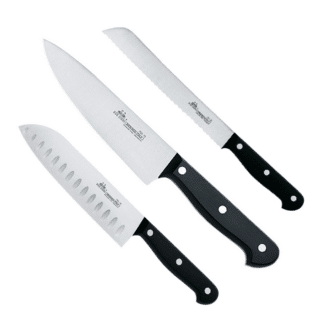
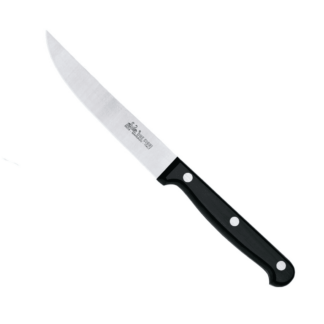
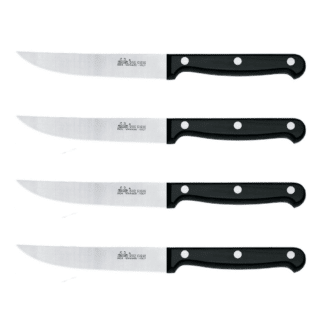
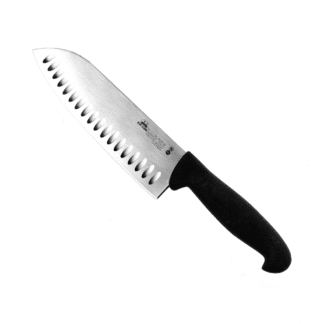
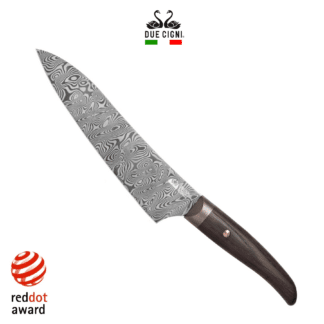
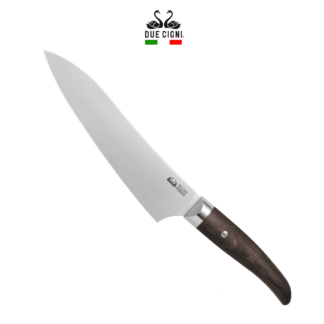
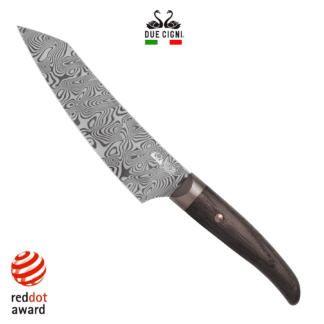
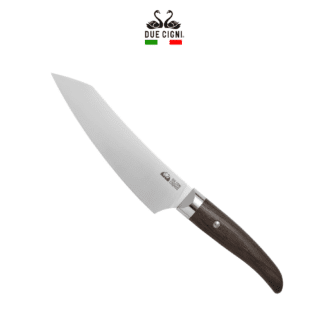
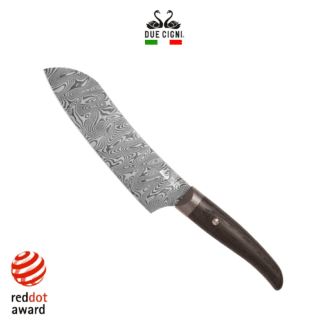
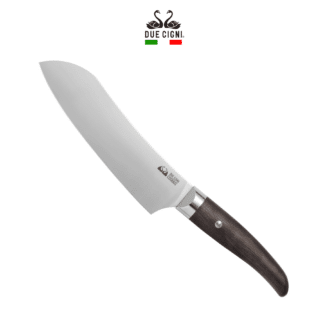
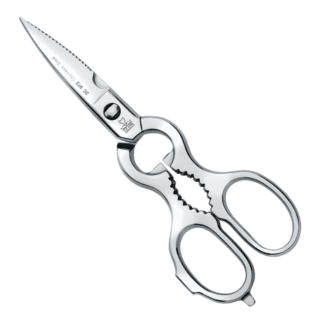
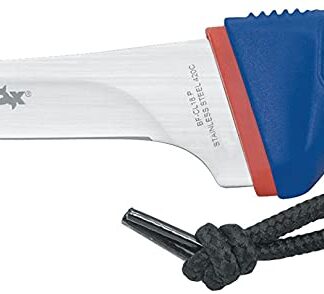
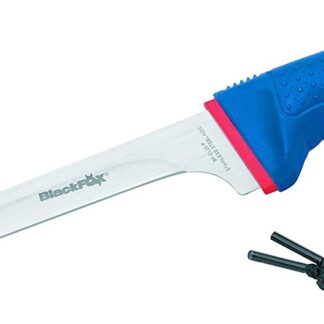
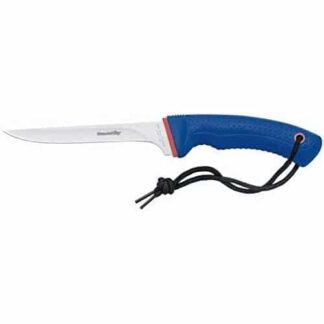
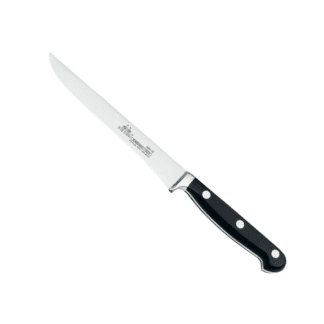
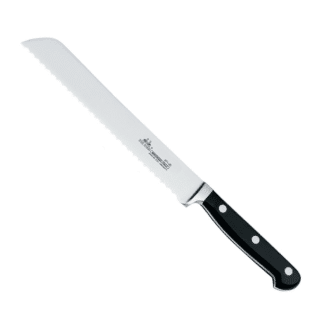
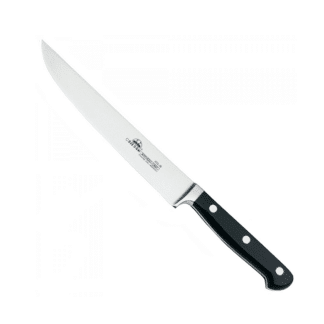
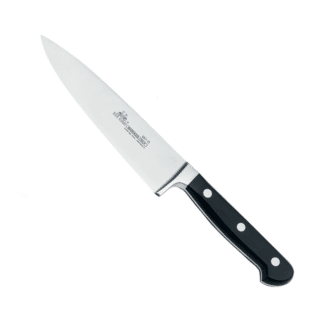
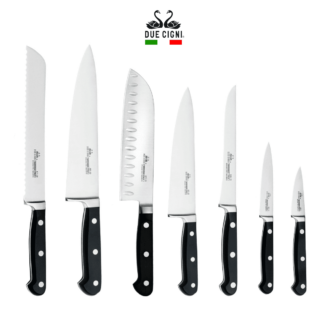
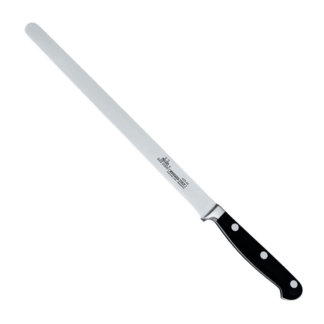
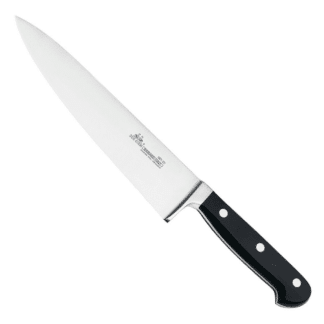
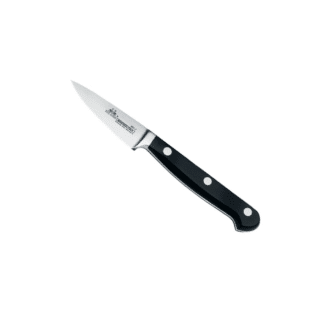
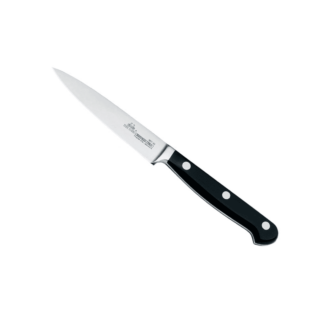
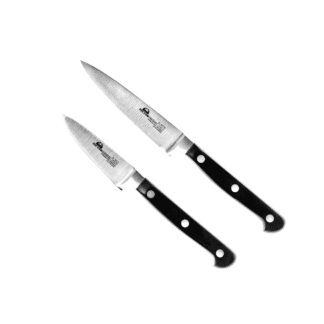
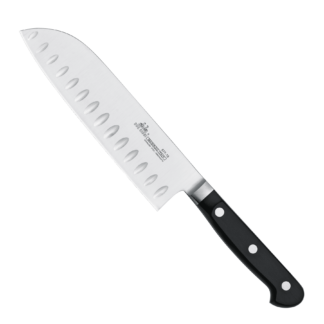
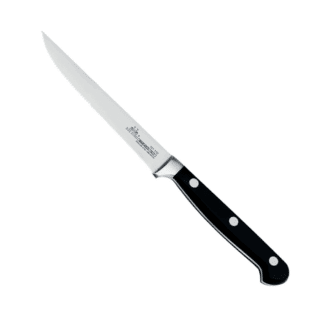
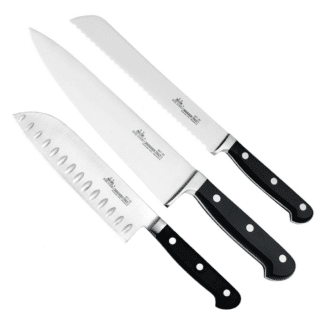
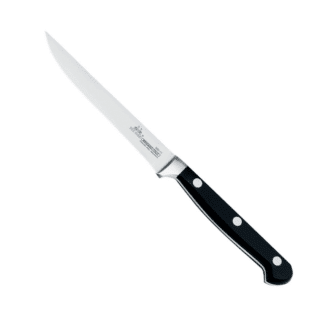
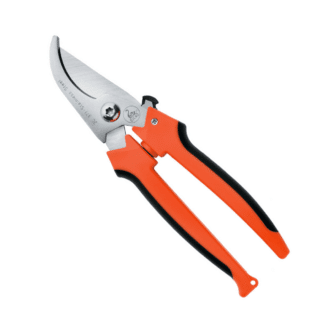
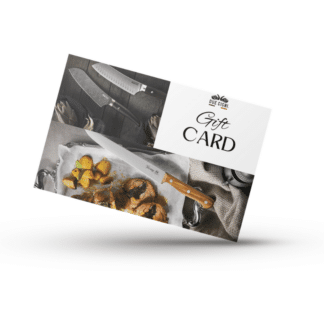
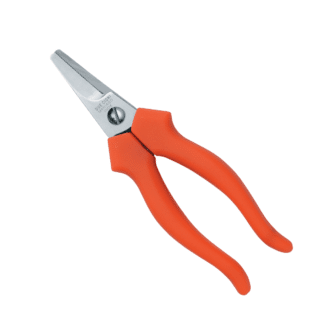
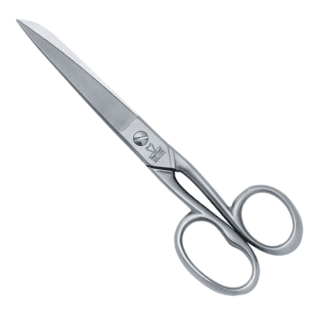
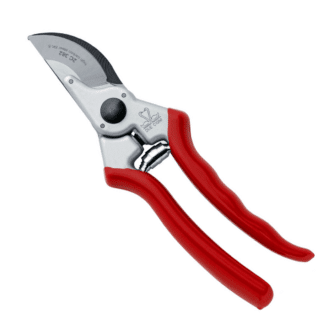
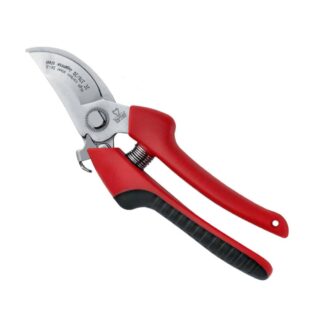
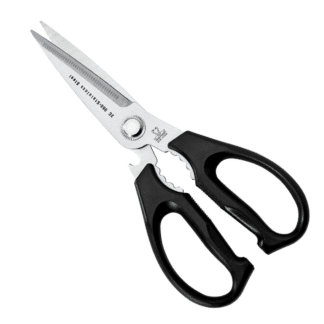
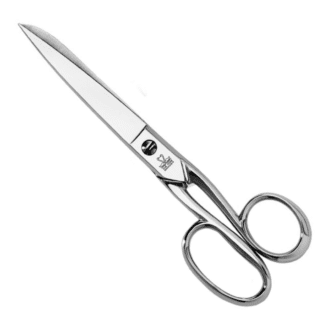
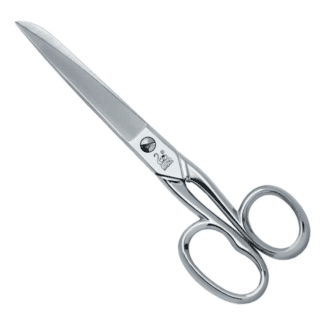
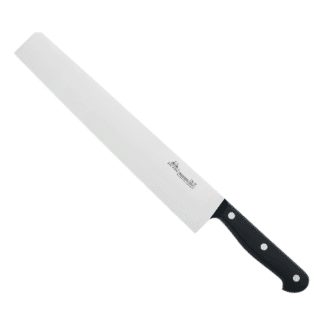
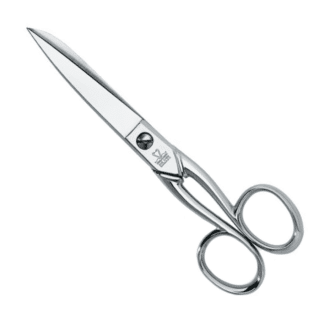
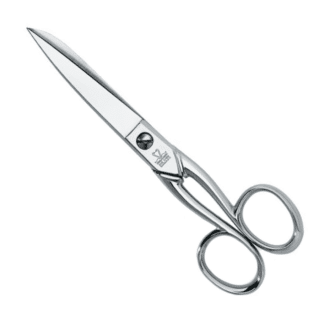
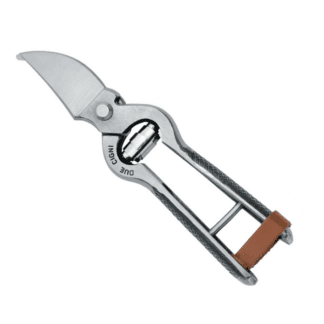
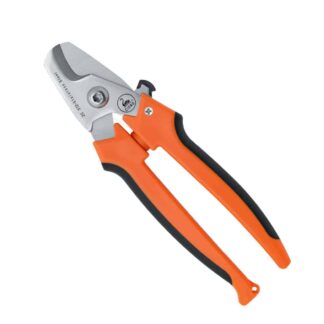
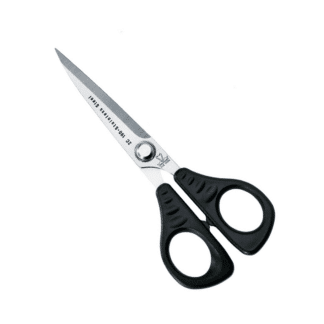
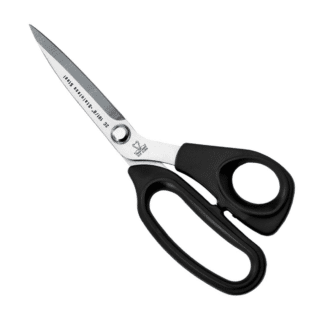
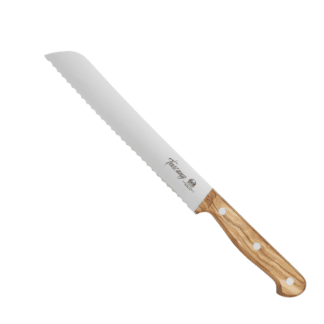
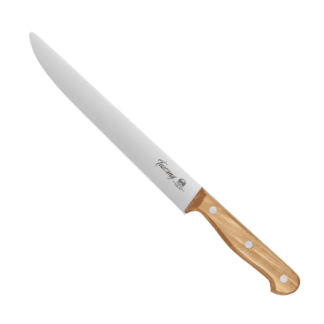
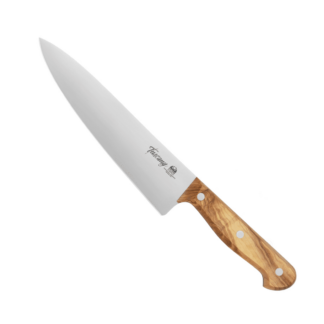
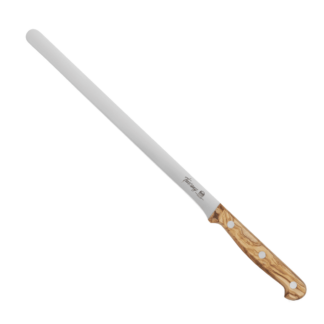
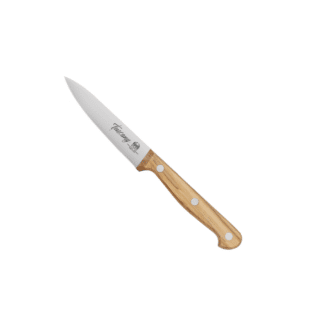
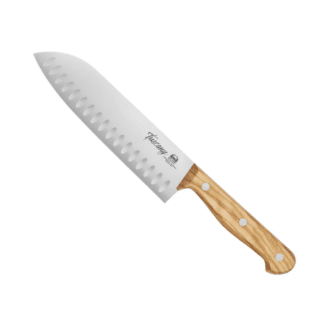
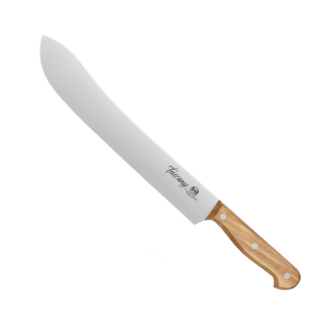
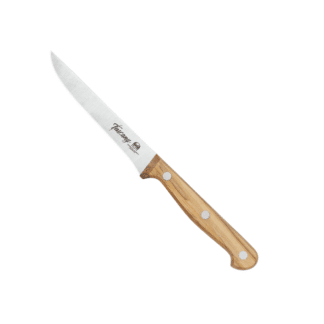
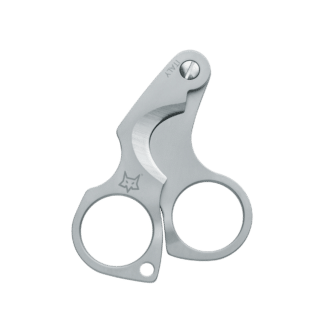
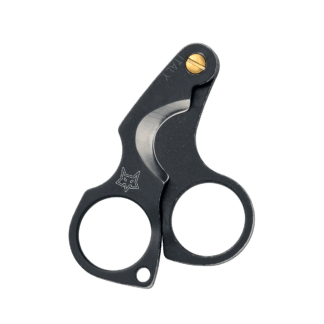
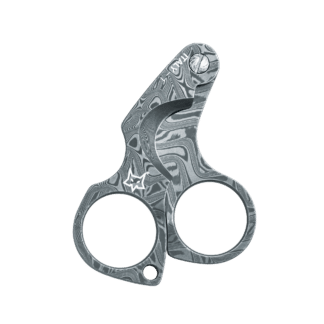
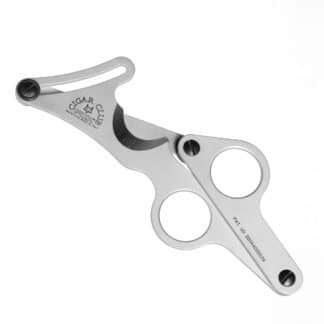
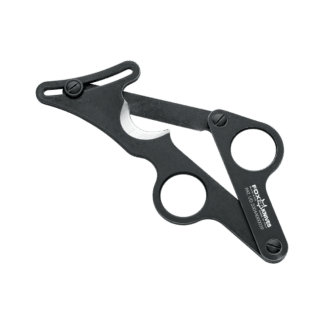
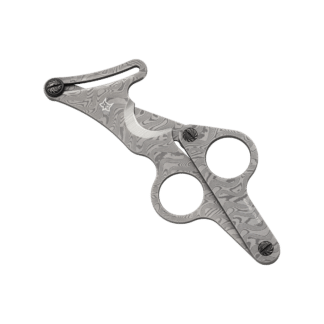
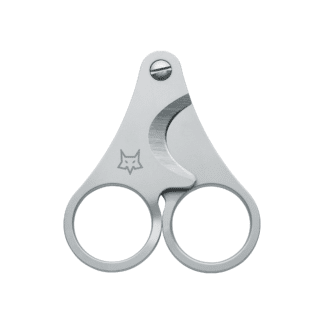
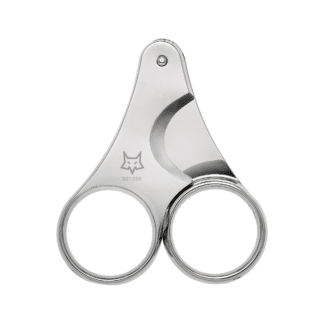
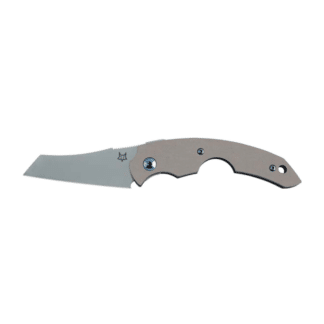
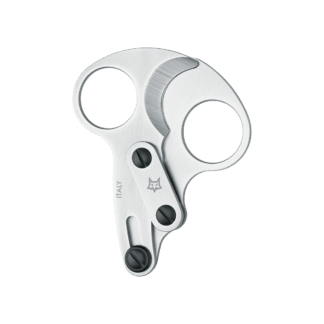
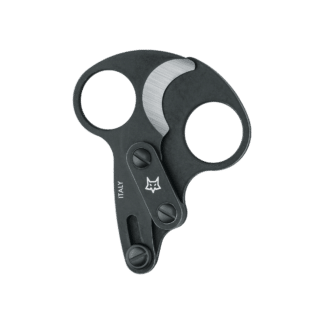
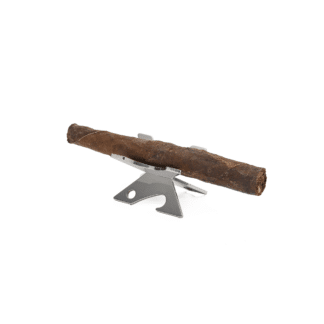
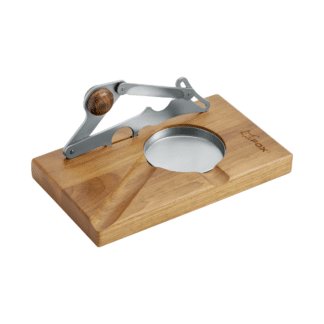
There are four main types of cigar cutters: Guillotine cutters for a straight, clean cut; V-cutters that carve a V-shaped notch; punch cutters which bore a circular hole; and scissor-style cutters, offering precision and ideal for larger cigars. Each type caters to different cutting preferences and cigar sizes.
To choose the right cigar cutter, consider the size and shape of your cigars, your preferred cut style, and ease of use. Guillotine cutters are versatile for most sizes, V-cutters are great for a concentrated draw, and punch cutters suit those who prefer a smaller opening. Scissor-style cutters are ideal for enthusiasts seeking precision, especially with larger or more delicate cigars. Your choice should align with both your cigar types and personal cutting preferences.
To properly use a cigar cutter, first identify the cigar’s head (the part you’ll smoke from). For a straight cut, place the head in the guillotine or scissor cutter’s opening, aligning it where you want to cut, usually around 1/16 to 1/8 inch from the end. Squeeze the cutter quickly and firmly for a clean cut. For V-cutters and punches, apply them directly to the cigar’s cap, applying even pressure.
To maintain your cigar cutter, regularly clean the blades with a soft cloth to remove tobacco residue. Apply a small amount of light oil on the hinges to ensure smooth operation. Store it in a dry place to prevent rusting. Regular maintenance ensures a clean cut and prolongs the cutter’s life.
Yes, safety is important when using cigar cutters. Always keep your fingers away from the blades when cutting and use the cutter’s designated grip areas. After use, lock or close the cutter to prevent accidental injury, especially around children. Store it in a safe place to avoid unintended use.
The best type of cutter for cigars depends on personal preference and the cigar’s size. Guillotine cutters are versatile and widely preferred for their clean, straight cut. V-cutters offer a deeper, concentrated draw, ideal for thicker cigars. Punch cutters are convenient for a smaller, consistent hole, while scissor cutters provide precision, especially for larger, more delicate cigars.
A perfect cut in cigar smoking refers to cleanly slicing off the cap of the cigar without damaging the structure, ensuring a smooth draw and preserving the cigar’s integrity. To achieve this, use a sharp, high-quality cutter. Position the cutter just above the cigar’s shoulder (where the curved end starts to straighten out) and quickly, firmly make a single, straight cut, removing only about a sixteenth of an inch to an eighth of an inch off the end. This precision helps maintain the cigar’s wrapper and ensures an enjoyable smoking experience.
Common mistakes to avoid when using a cigar cutter include: cutting too far from the cigar’s cap, which can cause unraveling; using dull blades, leading to a jagged cut; applying uneven pressure, resulting in an asymmetric cut; and rushing the cut, which might damage the cigar. Ensuring a clean, precise cut enhances the smoking experience.
The cut’s significance in cigar smoking lies in its impact on the draw and flavor. A proper cut allows for a smooth, even draw, ensuring consistent flavor and burn. The type of cut can also affect the intensity and concentration of smoke. An incorrect cut may cause unraveling or an uneven burn, detracting from the experience. Therefore, the right cut is crucial for an enjoyable cigar-smoking session.
For cutting cigars with pointed or torpedo-shaped caps, it’s important to adjust the technique slightly. Start by making a shallow initial cut at the narrow end of the cap, just enough to open the cigar. If the draw feels tight, you can gradually increase the size of the cut. Scissor or V-cutters are ideal for these shapes, as they allow for precise control over the cut’s depth and size, ensuring a smooth draw without compromising the cigar’s structure.
It is not necessary to remove the cigar band before cutting. Most smokers prefer to leave the band on until after lighting and smoking the cigar for a while, as the heat helps loosen the glue, making it easier to remove without damaging the cigar’s wrapper. The band also serves as a handy guide for where to cut, especially for beginners.
If your cigar cutter becomes dull, you have a few options. You can sharpen the blades using a fine sharpening stone or a honing rod, especially if it’s a high-quality cutter. Some manufacturers offer sharpening services or replacement blades. Alternatively, if the cutter is inexpensive or disposable, it might be more cost-effective to replace it. Regular maintenance, like cleaning and light oiling, can help prevent the blades from dulling quickly.
For beginners, scissor-style cigar cutters are a good choice as they offer greater control and precision. They work well with a variety of cigar sizes and shapes, including larger and more delicate cigars. The key is to use a gentle, steady hand to ensure a clean cut without crushing the cigar. Scissor cutters also allow for gradual adjustments, making them forgiving for those still learning the ideal cut depth. Their design mimics regular scissors, making them intuitive to use for novices in cigar smoking.
A cigar cutter is designed specifically for cutting cigars and should ideally be used only for that purpose. Using it for other materials can dull the blades, damage its precision, and affect its performance on cigars. For optimal use and longevity of your cigar cutter, it’s best to reserve it solely for cutting cigars.